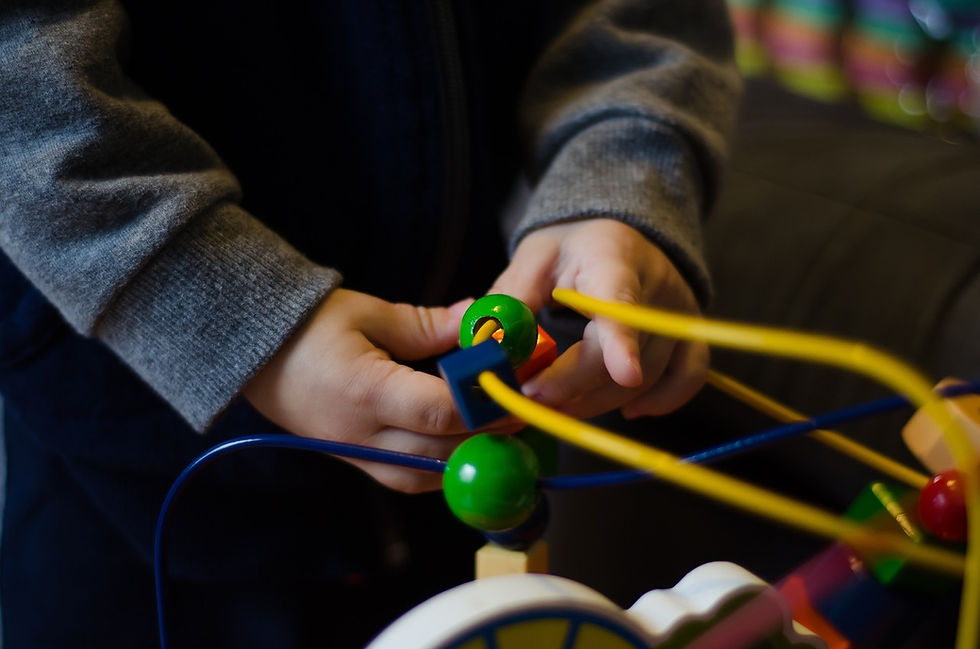Swim Safety and Drowning Prevention
- childrens wellness center

- May 21, 2023
- 2 min read
Summer is a popular time for kids to go swimming and it's a great way for them to get exercise.
However, it's important for families to remember the risks of swimming and being near the
water. In this blog, we share some safety tips for drowning prevention.
While you should always follow precautions for all children, keep in mind that toddlers and
children under age 4 are at higher risk for accidental drowning. This can happen even when
your child is not going out swimming. If near a pool, a curious toddler may try to get close and
fall into it without meaning to. Never allow your toddler to go outside alone or be near water
while unsupervised.
If you do have a pool, make sure that it is securely fenced. According to research, more than
half of drownings from swimming can be prevented if a pool has fencing. The fence should be
at least 4 feet high with no openings, including underneath. The slats should be no more than 4
inches wide and there should be no handholds or footholds to enable climbing over the fence.
Since chain-like fences are easy to climb, these are best to avoid. The gate should also be locked
with the latch at least 54 inches from the ground. If you're able to, you can also install a fence alarm which will alert you if your child somehow enters through. It's also good to install a pool alarm as well which can detect waves and will go off if someone falls into the water.
One of the best ways to prevent drowning is to take swimming lessons. Children who learn how
to swim and water survival skills (such as floating and returning to surface from underwater)
are less likely to drown. Swimming lessons should be taught by experienced and certified
instructors and there should also be lifeguards who are certified in CPR and First Aid around.
For info on when to start swimming lessons and what to look for when choosing a class, check
out this guide here.
When children are just starting to learn how to swim or are new to swimming, make sure they
wear a lifejacket while in the pool. This is also important if your child is participating in any
boating activities like kayaking or canoeing or if they're near a body of water. The life jacket
should be a proper fit with the straps correctly belted and not loose where your child can slip
out. Kids should always be closely supervised any time they're in water. It is highly
recommended for parents and caregivers or those watching children while swimming to get
trained in CPR in case it needs to be used.
If your child is ever missing, always check the pool first or any body of water that is nearby. The
longer the time period has passed, the more in danger your child will be in if they're drowning.
Fencing the pool securely and properly, swimming lessons, supervising your children while in
the water, lifejackets, and CPR are layers of protection for drowning prevention. By following all
of these methods, you can protect your child from drowning risks.







Comments